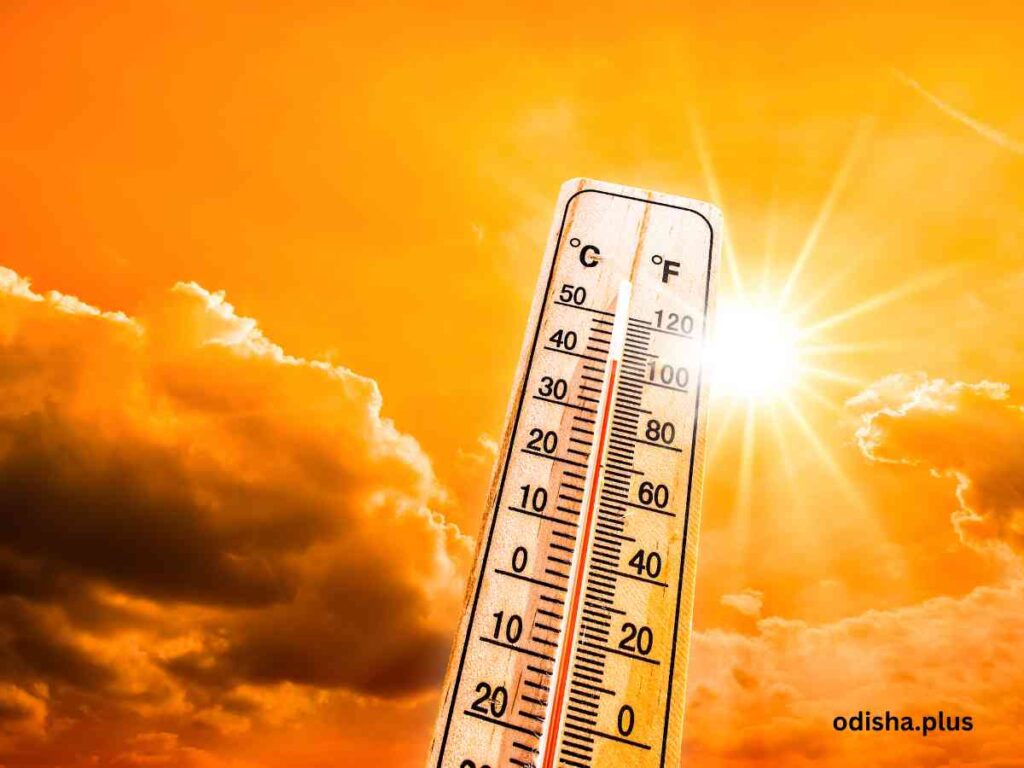India’s escalating heat waves highlight the urgent need for effective urban planning and heat mitigation strategies to protect public health
OdishaPlus Bureau

The impact of global warming on the Indian summer has been noticeable for at least ten years. Hot weather often encroaches on spring across many regions, and heat waves are no longer limited to areas typically known for high temperatures, such as northern, central, and eastern India. For example, the Konkan region and parts of Karnataka saw unusually high temperatures as early as February.
For the second year in a row, the India Meteorological Department (IMD) has predicted above-average temperatures for most of the country from April to June. They have also issued warnings about prolonged heat wave events that could last more than ten days, compared to the previous norm of four to seven days. Last year, some regions experienced intense heat for over two weeks.
The impact of heat waves on health is an emerging area of study, and statistics on heat-related deaths differ among sources like the IMD, National Disaster Management Agency, Integrated Disease Surveillance Programme, and National Crime Records Bureau.
Despite the varying data, experts agree on the importance of implementing strategies to safeguard the most at-risk populations. Many states have developed heat action plans, but these plans primarily address the issue as an emergency. They mainly concentrate on ensuring access to drinking water, establishing shelters, and adjusting work hours.
A study conducted by the Sustainable Futures Collaborative (SFC) in New Delhi, along with researchers from King’s College London and universities in Princeton, Harvard, and California, emphasizes the importance of providing cooling solutions to those most affected by heat. This includes developing insurance for lost work, enhancing fire management services, and upgrading electricity grids.
There is widespread agreement on the necessity of considering local conditions when issuing heat wave warnings. Additionally, addressing urban heat islands is a critical issue that requires immediate action.
These areas experience significantly higher temperatures than the rest of the city because heat has no way to dissipate. Prolonged periods of extreme heat are expected to become more common. The alerts from the IMD should motivate policymakers to implement measures that protect cities and towns from heat.


























